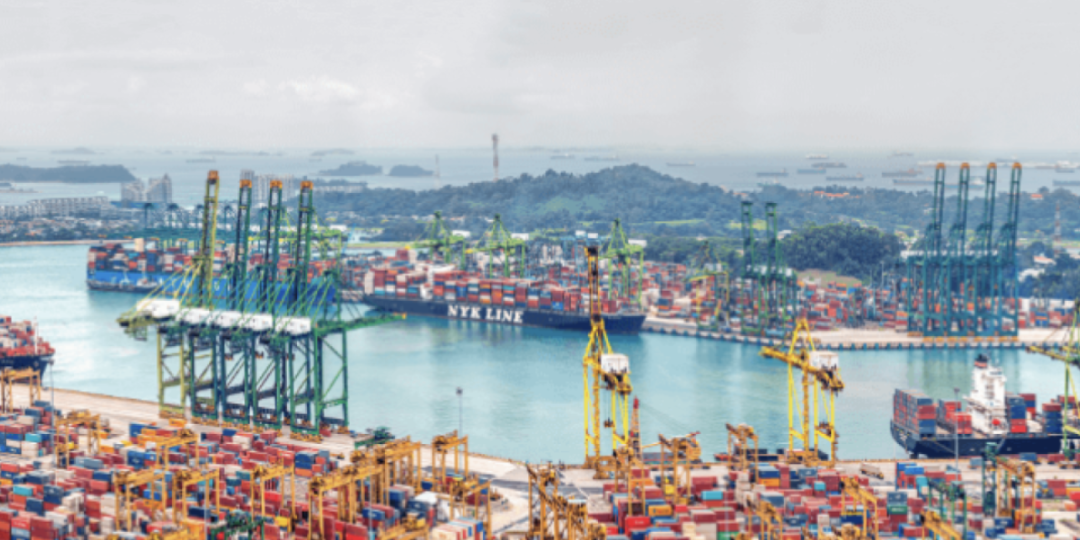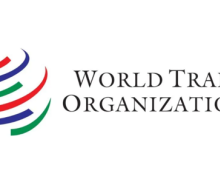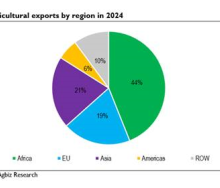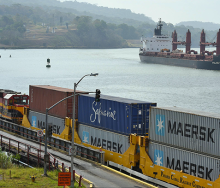The Red Sea crisis is hitting transhipment hubs as carriers have made major changes to individual exchanges handled at these hubs.
That’s according to the latest research by maritime consultancy Drewry, which reveals that key transhipment ports, such as Singapore, have witnessed a sharp rise in congestion due to the impact of Red Sea carrier service diversions.
This has led to fewer vessel calls but larger average exchanges – resulting in additional yard congestion.
The report reveals that port productivity has also taken a hit in recent months. “The time spent by ships waiting before berthing at high-volume ports tracked by Drewry increased 43% between 3Q23 and 2Q24 – to over 400 000 hours.
“Singapore is in a microcosm of transhipment ports around the world, where changes to carrier service patterns in response to the Red Sea crisis have wrought havoc on container terminal operations. It is experiencing a density of shipping containers in its terminals, close to the records of the pandemic period.”
The research has found that in the five months to May, throughput at the port grew 8% year-on-year, representing a strong start to the year but not enough on its own to challenge existing handling capacity.
However, the rerouting of container vessel services away from the Red Sea in response to the Houthi attacks on shipping resulted in a 22% increase in average parcel sizes in the period between January and May, according to Drewry’s Ports and Terminals Insight, with a significant knock-on impact for port productivity.
Drewry expects congestion at major transhipment ports to remain high, but some easing is anticipated as carriers add more capacity and restore some of their disrupted schedules.













